50 Sambucus Canadensis Elderberry Bare-root 6-12 Inch Tall – Native Shrub
Original price was: $110.99.$85.99Current price is: $85.99.
Sambucus Canadensis – Elderberry bare-root 6-12” is a fast-growing native shrub with aromatic white flowers and dark purple berries. Ideal for landscaping, wildlife, and herbal use.
Estimated arrival
Dec 11
Dec 16 - Dec 18
Dec 21 - Dec 25
Reasonable Price
We offer reasonable price

Support 24/7
Contact us 24 hrs a day

100% Money Back
You've 30 days to Return

Payment Secure
100% secure payment
Sambucus Canadensis – Elderberry bare-root 6-12” is a fast-growing, native shrub known for its clusters of small white flowers and nutrient-packed dark purple berries. This elderberry variety, native to North America, grows from 6 to 13 feet tall and is perfect for adding beauty and biodiversity to your garden. Elderberry bushes are well-known for attracting pollinators, including bees and butterflies, and providing food for birds. The shrub’s hollow stems and pinnately compound leaves give it a distinct, bushy appearance, making it an attractive addition to landscapes, natural gardens, or wildlife areas.
The Sambucus Canadensis shrub blooms in mid-spring with clusters of small white flowers, followed by clusters of edible berries that ripen into dark purple hues. These berries are known for their antioxidant properties and have various culinary and medicinal uses, such as making syrups, jams, and herbal remedies. Ideal for full sun to partial shade and moist, well-drained soils, Sambucus Canadensis is a versatile and low-maintenance plant.
With its ability to grow quickly and its value as both a decorative and functional plant, Sambucus Canadensis is perfect for natural landscaping, herb gardens, and as an essential food source for local wildlife. Add it to your garden for a combination of beauty, practicality, and sustainability.
Key Features and Benefits:
- Native Shrub: Sambucus Canadensis is a North American native, perfect for ecological gardening and supporting local wildlife.
- Edible Berries: Dark purple berries are packed with antioxidants and can be used in syrups, jams, and herbal remedies.
- Wildlife-Friendly: Attracts pollinators like bees and butterflies while providing a food source for birds.
- Aesthetic Appeal: The bushy shrub produces clusters of white flowers in spring, followed by rich purple berries.
- Low-Maintenance & Fast-Growing: Elderberry bushes thrive in full sun to partial shade with minimal care, making them suitable for a variety of garden types.
How to Use:
- Landscaping: Perfect for filling empty garden spaces, creating natural hedgerows, or adding interest to mixed borders.
- Wildlife Gardens: A great choice to support pollinators and provide seasonal food for birds and insects.
- Herbal & Culinary Use: Harvest the berries to make elderberry syrup, jams, or tinctures, adding a nutritious, flavorful element to your garden.
FAQs
Q1: How do I plant Sambucus Canadensis bare-root?
A1: To plant Sambucus Canadensis bare-root, soak the roots in water for a few hours before planting. Dig a hole in well-drained soil, place the roots in, and cover them. Water thoroughly after planting.
Q2: How tall does Sambucus Canadensis grow?
A2: Sambucus Canadensis can grow to 6–13 feet tall, depending on the growing conditions. It is a fast-growing shrub that can quickly reach its mature height.
Q3: When do the berries ripen?
A3: The berries of Sambucus Canadensis ripen in late summer to early fall, typically around August or September, and turn a dark purple color.
Q4: Can I grow Sambucus Canadensis in containers?
A4: Yes, Sambucus Canadensis can be grown in containers, but ensure the pot is large enough for the shrub’s root system and provides good drainage. Regular watering is important.
Q5: Are elderberries safe to eat raw?
A5: Raw elderberries are toxic and should not be eaten. However, once cooked or processed into syrup, jams, or tea, elderberries are completely safe and beneficial.
Be the first to review “50 Sambucus Canadensis Elderberry Bare-root 6-12 Inch Tall – Native Shrub”


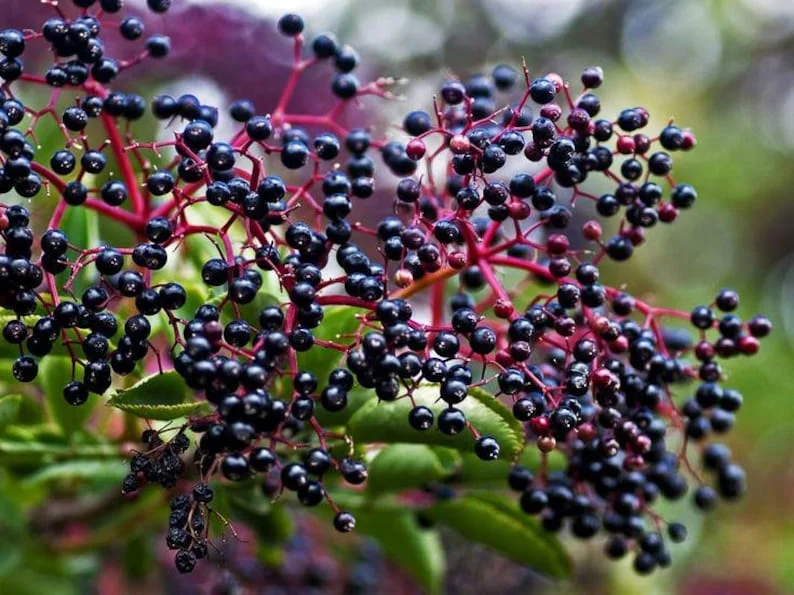



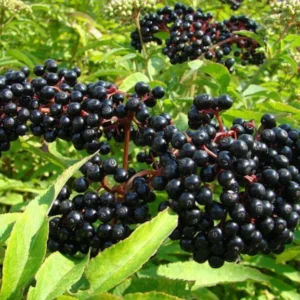
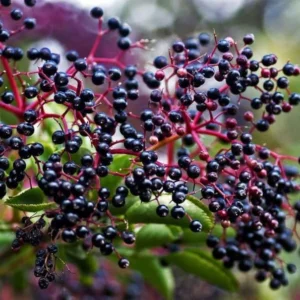


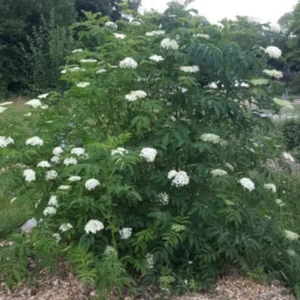

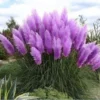
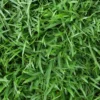

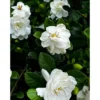
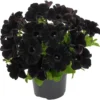
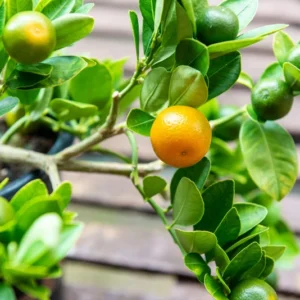
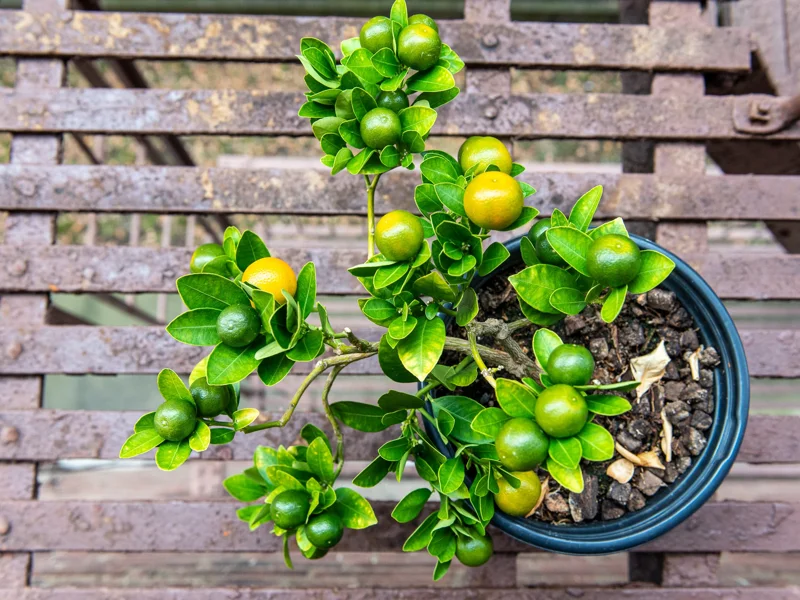
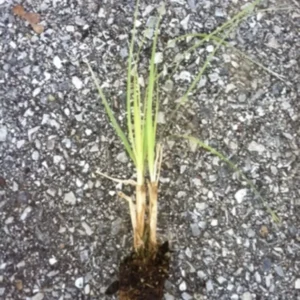
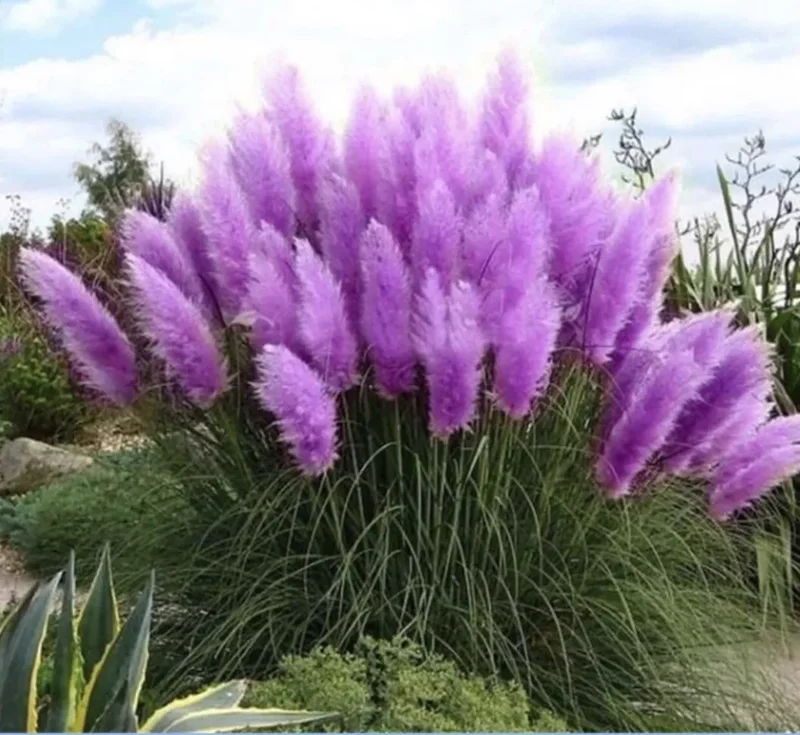
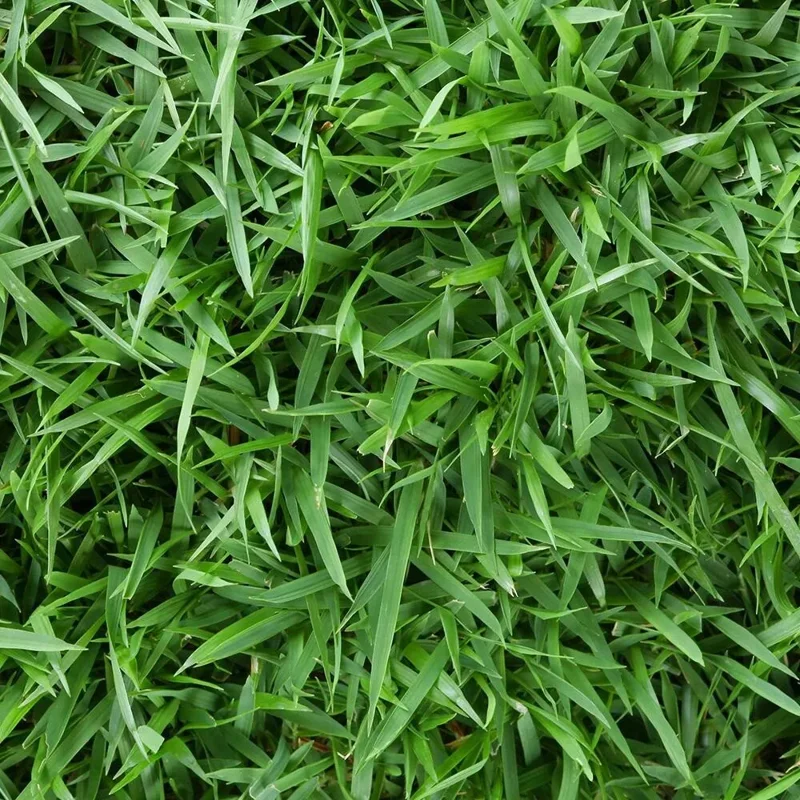



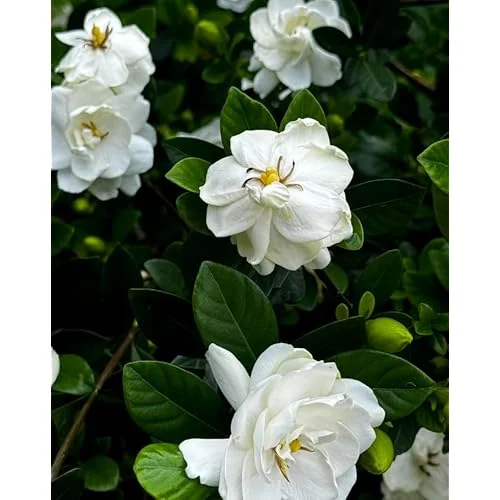
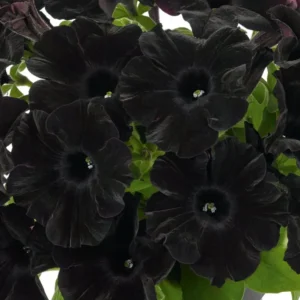
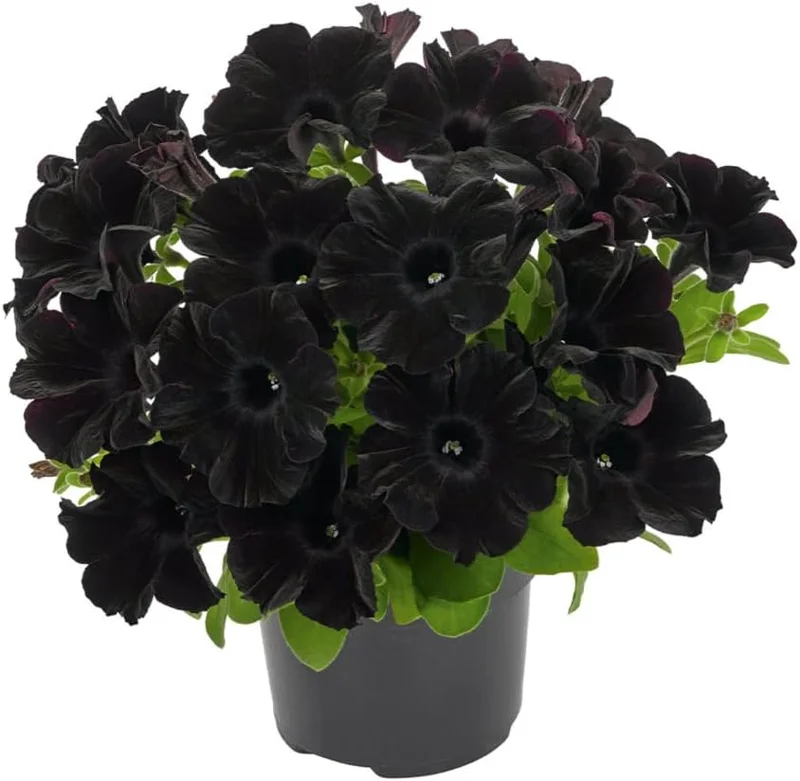
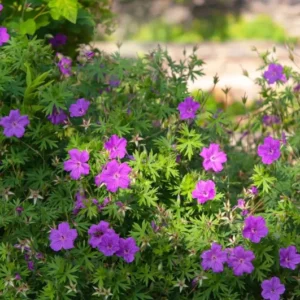
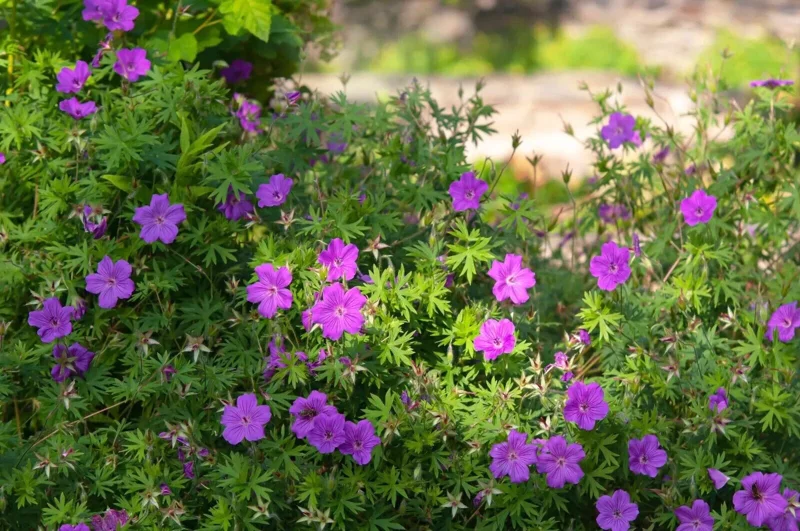
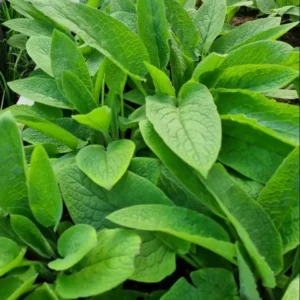
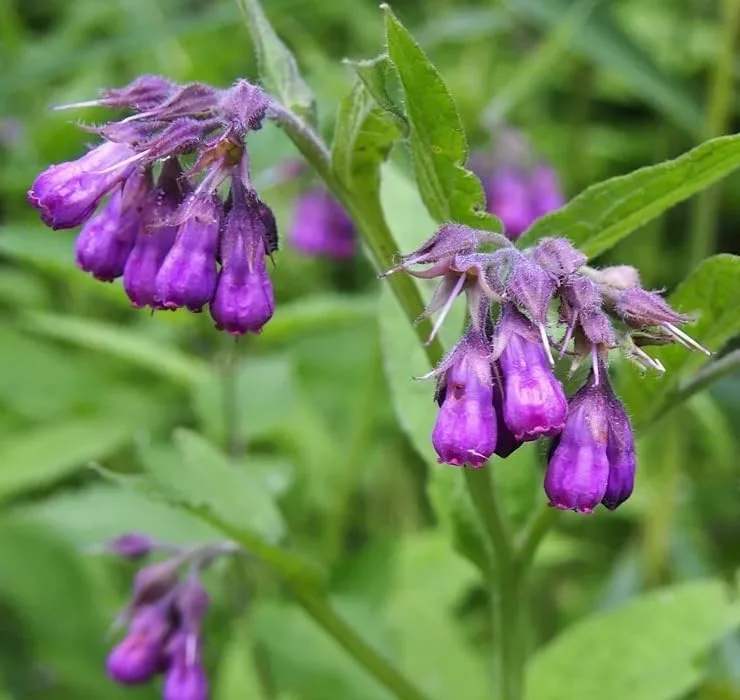
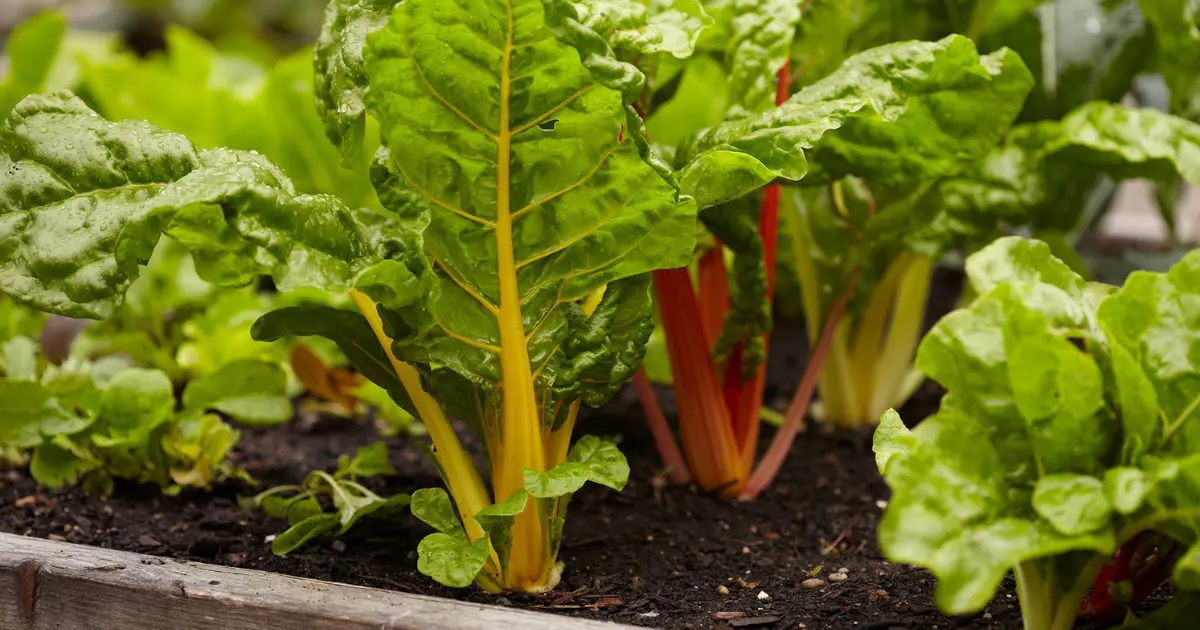
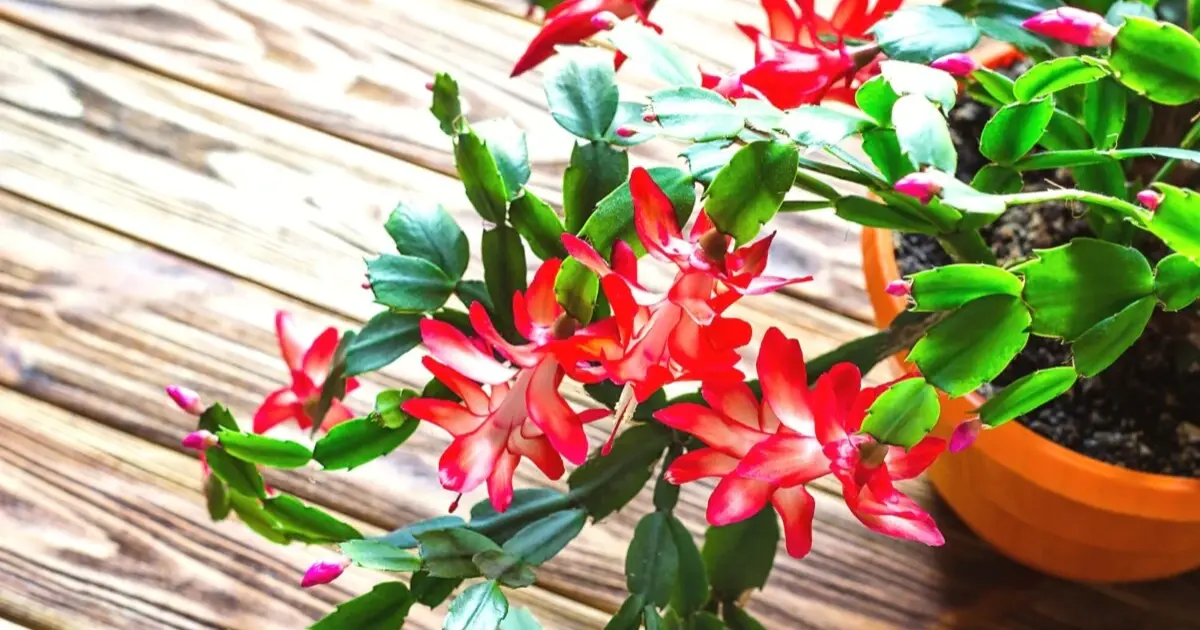
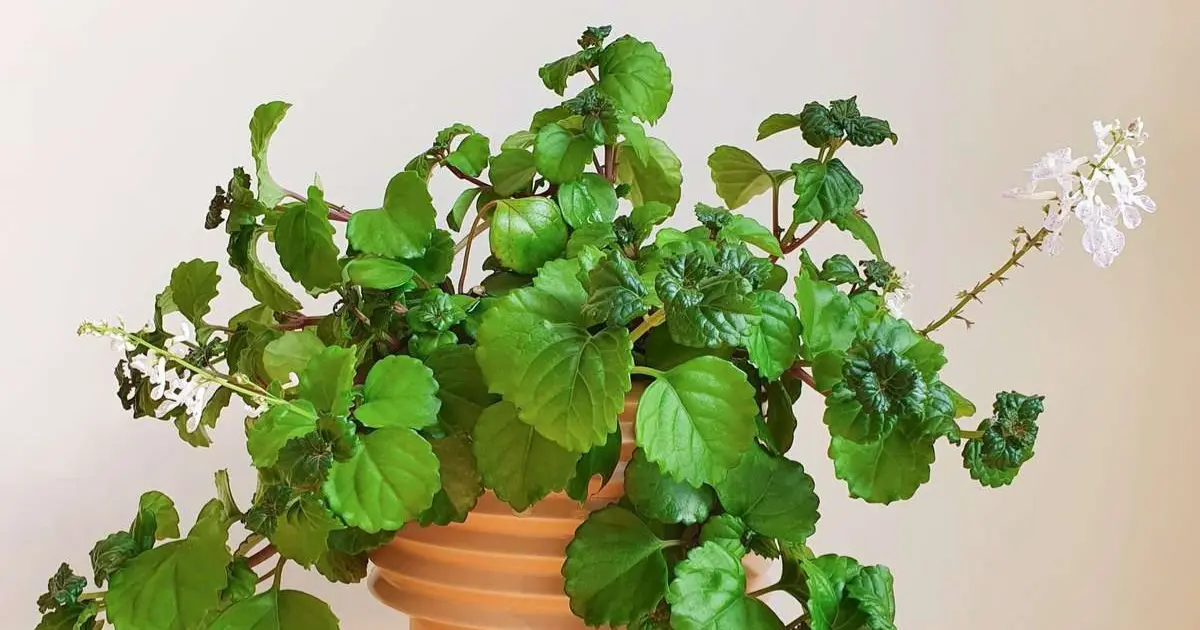
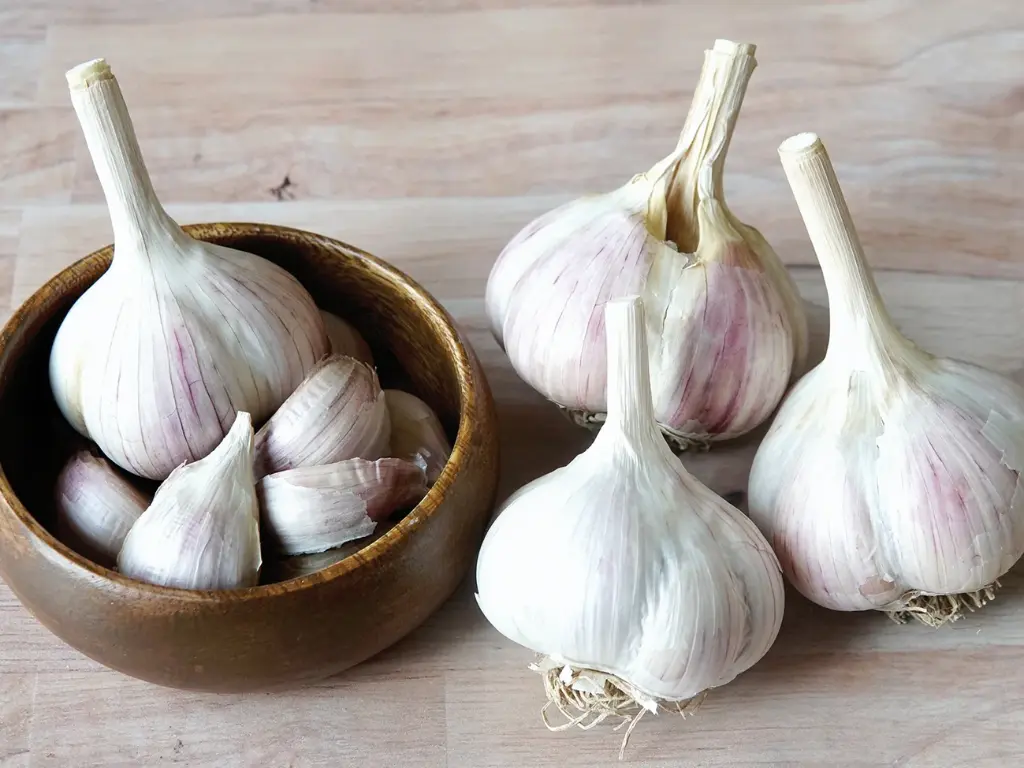
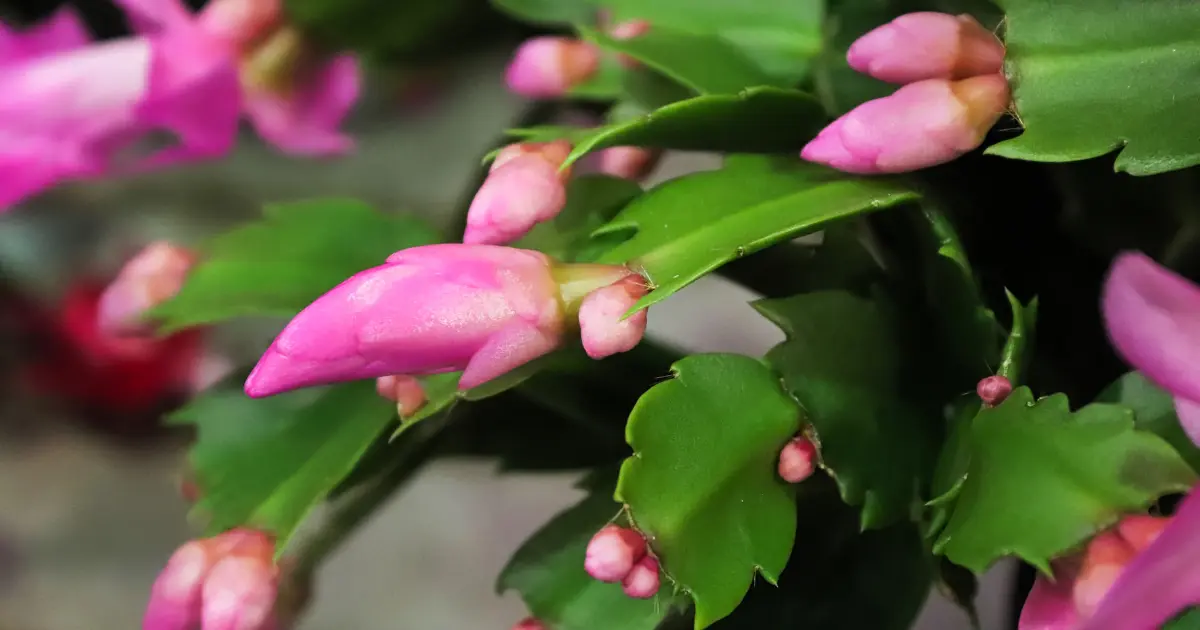

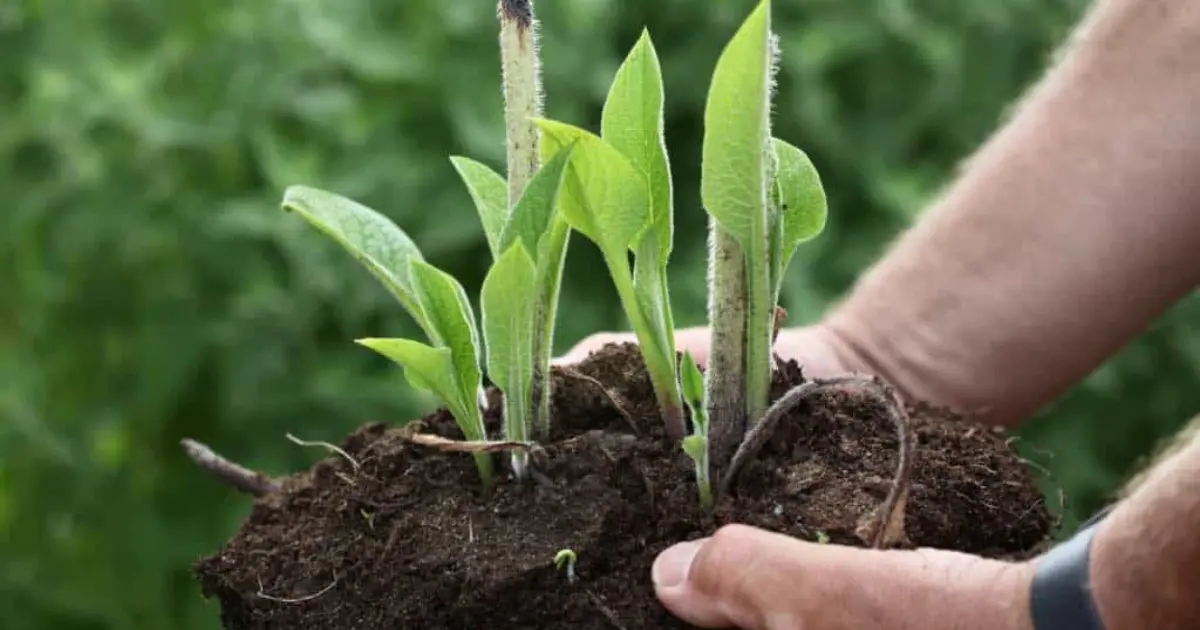
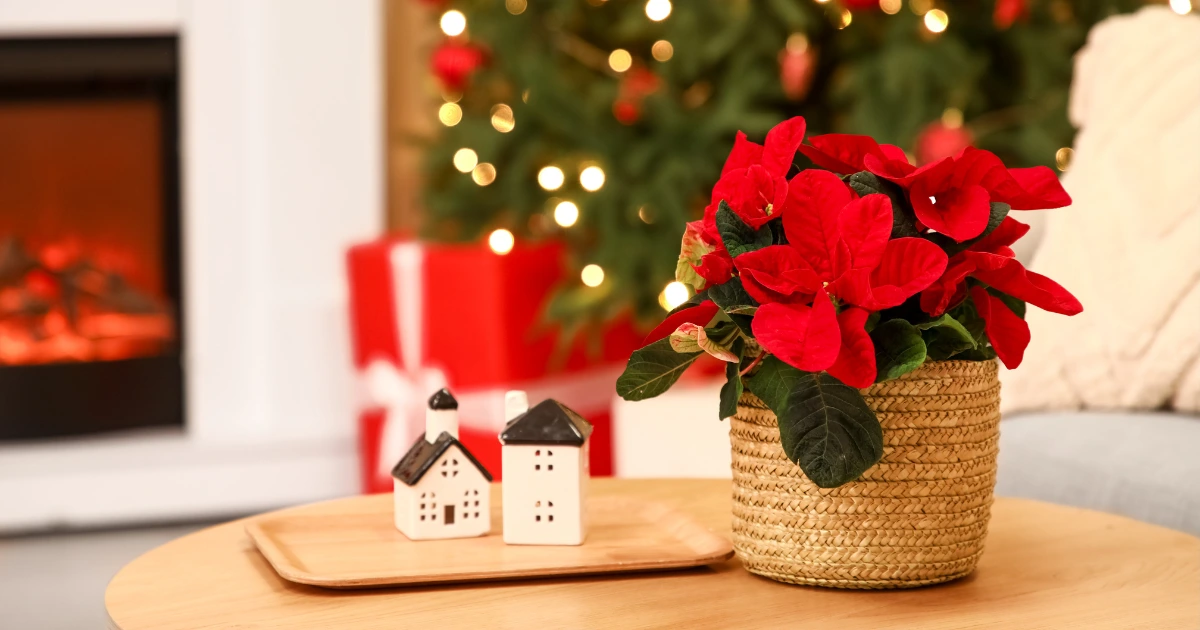
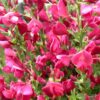
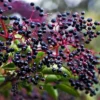
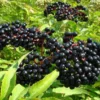
Reviews
There are no reviews yet.